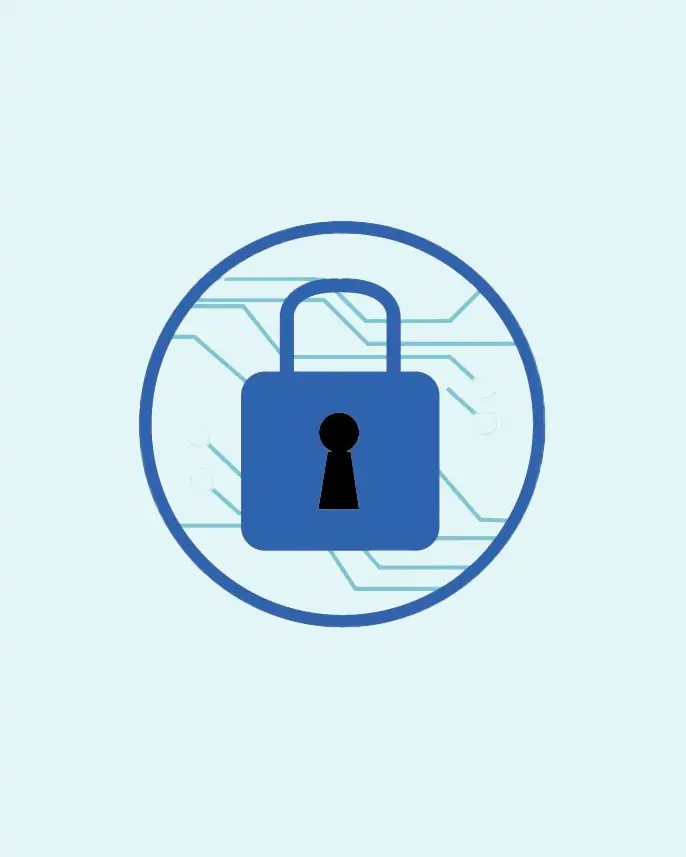In recent years, decentralized graph databases have gained a lot of popularity in the tech industry. These databases have proven to be incredibly useful for building decentralized applications that require a high degree of cybersecurity and privacy. However, with the increasing number of nodes in these networks. The need for a robust cybersecurity protocol to ensure data integrity and confidentiality has become more apparent.
To address this issue, an open-source cybersecurity protocol has been proposed for syncing decentralized graph data. In this article, we will discuss the features and benefits of this protocol, as well as the challenges it seeks to overcome.
The Need for Cybersecurity Protocols in Decentralized Graph Networks
Decentralized graph databases are essentially distributed networks of nodes, each holding a piece of the overall database. These nodes are usually run by different individuals or organizations, and they communicate with each other to exchange data and ensure that the database remains consistent.
However, this decentralized architecture also makes these databases vulnerable to a wide range of cybersecurity threats. For example, a malicious actor could attempt to manipulate the data being exchanged between nodes, or launch a distributed denial of service (DDoS) attack to disrupt the network’s operations.
To address these threats, a cybersecurity protocol is needed that can provide robust security and privacy features for decentralized graph networks.
Features of the Open Source Cybersecurity Protocol
The proposed cybersecurity protocol for syncing decentralized graph data is designed to address several key challenges. Also, including data integrity, confidentiality, and availability. Here are some of its key features:
- End-to-End Encryption: All data exchanged between nodes is encrypted using strong encryption algorithms to ensure that it remains confidential and secure.
- Distributed Consensus: The protocol uses a distributed consensus mechanism to ensure that all nodes agree on the contents of the database. This mechanism helps prevent tampering and ensures that the data remains consistent across the network.
- Data Sharding: The database is sharded into smaller, more manageable pieces, with each shard being distributed among multiple nodes. This makes it more difficult for a malicious actor to manipulate the data or launch a DDoS attack.
- Access Control: The protocol includes robust access control features. Allowing network administrators to control who can access the database and what actions they can perform.
Benefits of the Open Source Cybersecurity Protocol
The proposed cybersecurity protocol for syncing decentralized graph data offers several key benefits for decentralized graph networks, including:
- Improved Security: By encrypting all data and using a distributed consensus mechanism. The protocol provides robust security features that can help prevent cyber attacks and protect the integrity of the database.
- Enhanced Privacy: The use of end-to-end encryption ensures that all data remains confidential. Even if it is intercepted by a malicious actor.
- Greater Resilience: By sharding the database and distributing it across multiple nodes. The protocol makes it more difficult for a single node to disrupt the entire network.
- Open Source: The protocol is open source, meaning that it can be freely used and modified by anyone. Also, this promotes collaboration and allows developers to build on top of the protocol to create new and innovative decentralized applications.
Challenges and Limitations
While the proposed cybersecurity protocol for syncing decentralized graph data offers many benefits. There are also several challenges and limitations that need to be considered. For example, the protocol may require significant computational resources to operate effectively. And it may not be suitable for all types of decentralized applications.
In addition, the protocol may be vulnerable to new and emerging cyber threats that have not yet been discovered. As such, it is important for developers and network administrators to remain vigilant. And stay up-to-date with the latest cybersecurity trends and best practices.
Conclusion
In conclusion, the proposed open source security protocol for syncing decentralized graph data offers many benefits for decentralized graph networks, including improved security, enhanced privacy, and greater resilience. While there are challenges and limitations that need to be addressed, the protocol represents a significant step forward in the development of secure and reliable decentralized applications.
In addition, as the use of decentralized graph databases continues to grow, the need for robust cybersecurity protocols will only become more apparent. By adopting open source protocols like the one proposed here. Developers can work together to build a more secure and decentralized future for the internet.
